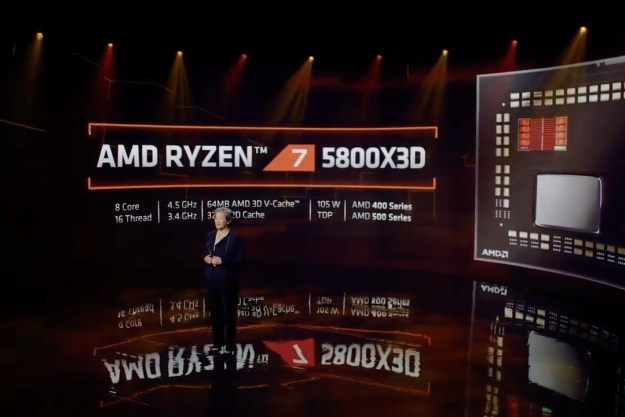
Ever since 3D printing went mainstream, there have been concerns about what the widespread availability of 3D-printed gun blueprints might mean. While guns are legal to own in the U.S., the fear of lawmakers is that 3D printing could allow criminals to have an easy supply of homemade firearms with no serial number with which to trace them. This problem has grown so severe that President Trump addressed the matter in July 2018 tweet, in which he noted that he is looking to resolve the issue.
However, until now there has been no straightforward way to do this. Fortunately, researchers at the University at Buffalo, Rutgers University, and Northeastern University have been working on a solution. They’ve created a system, called PrinTracker, which is able to trace 3D-printed objects to their source, based on each 3D printer’s unique fingerprint. They hope that this could help law enforcement and intelligence agencies to track the source of 3D-printed guns, alongside counterfeit products, and other objects.
“It is a fact that every human has a unique fingerprint; however, it is less known that machines could have a fingerprint, too,” Dr. Wenyao Xu, associate professor of computer science and engineering in UB’s School of Engineering and Applied Sciences, told Digital Trends. “Through our work, we demonstrate that every 3D printer has a unique fingerprint, and from just analyzing a minute part of any 3D-printed object our system can reveal the identity of the source 3D printer. In our vision, the significance of our technology is equal to the first discovery of the latent fingerprint existence in the 1930s.”
The 3D-printed “fingerprints” are not purposely incorporated into prints like a watermark. Instead, they are tiny imperfections caused by each printer’s model type, filament, nozzle size, and other factors. While the resulting prints may look the same to you or me, when analyzed up close these details can reveal the specific printer used for a job. The researchers developed a special algorithm that calculates these details. In a test using 14 3D printers, the researchers were able to match a print up to the right printer 99.8 percent of the time. It could also accurately determine the right printer even when keys had been damaged to try and obscure its identity.
“We continue to transform our research into an accessible system [to hopefully] make a broader impact upon the society,” Zhengxiong Li, another researcher on the project, told us. “We are looking forward to working with law enforcement, 3D printer manufacturers, or other related organizations to effectively deploy our system in forensic investigations.”
Alongside Li, UB researcher Aditya Singh Rathore was another primary author on this project.
Editors' Recommendations
- Nvidia turns simple text prompts into game-ready 3D models
- 3D printed cheesecake? Inside the culinary quest to make a Star Trek food replicator
- AMD Ryzen 7 5800X3D beats predecessor, but AMD promised more
- AMD’s revolutionary 3D V-Cache chip could launch very soon
- AMD teases performance of its revolutionary 3D V-cache chip


